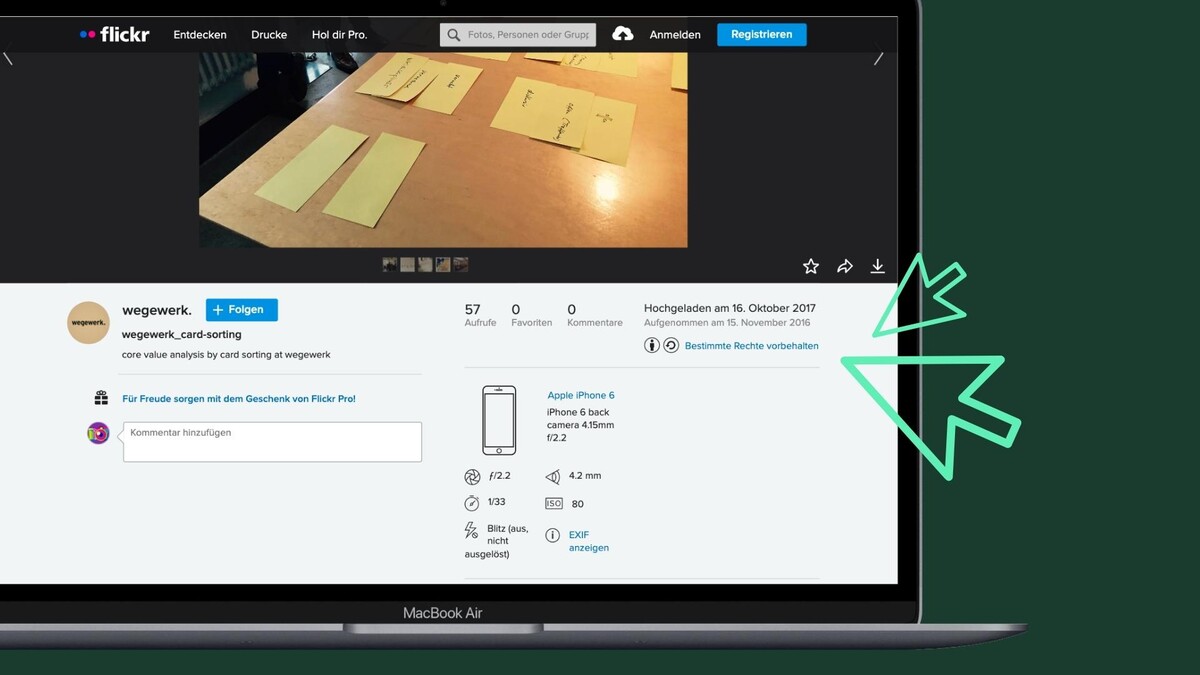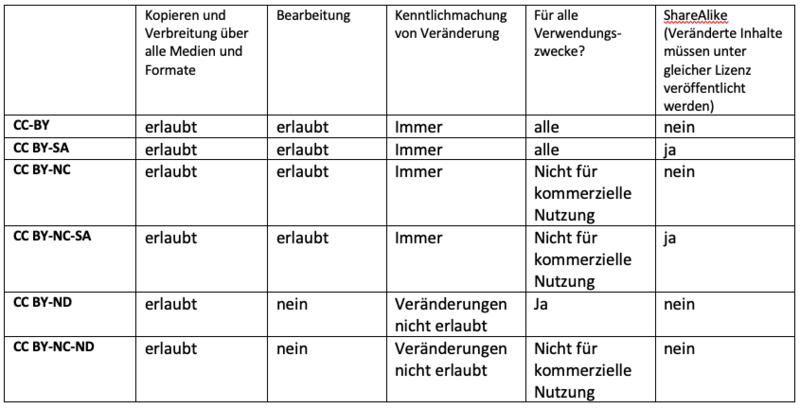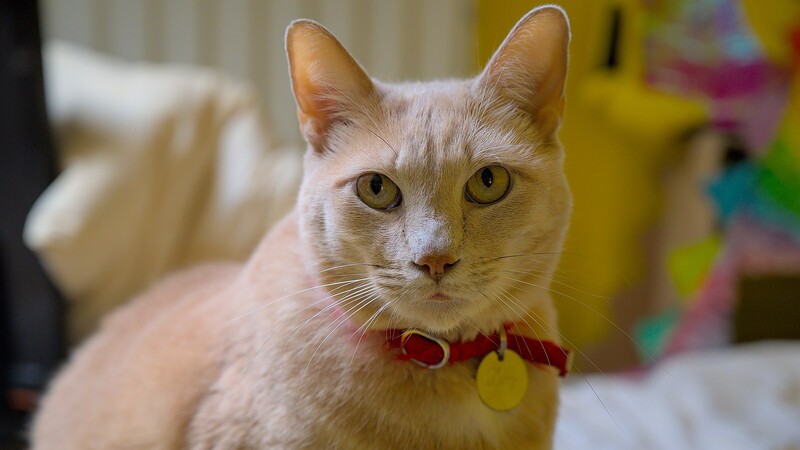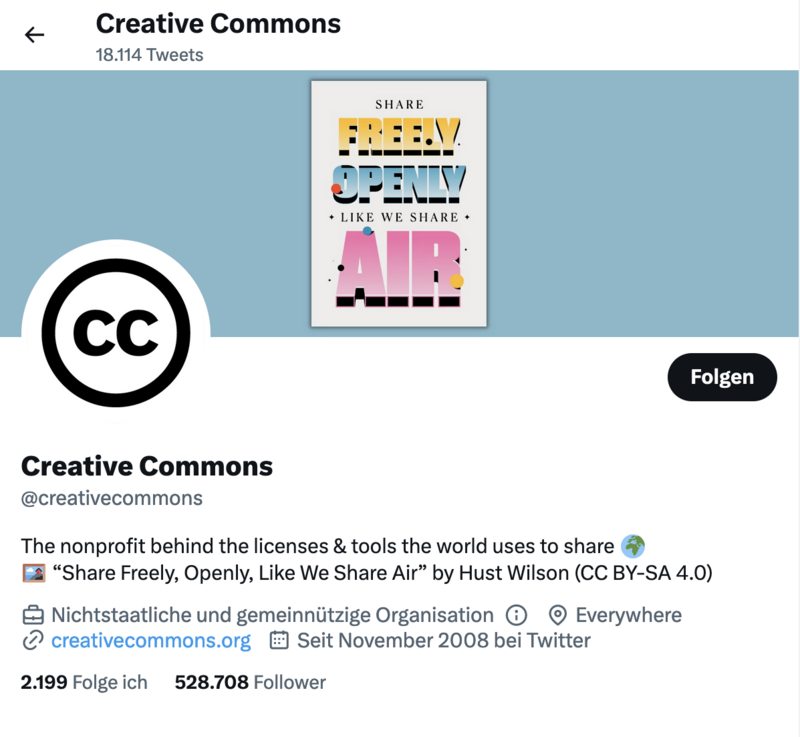Using Creative Commons images correctly Using Creative Commons images - tips, tricks and pitfalls

When sharing, redistributing or modifying music, images or other works, caution is advised: copyright infringements can be expensive. Intellectual creations such as texts, images or sounds are protected by copyright. However, this does not apply to all works: a simple cooking recipe is not protected by copyright, as only works that contain a specific creative performance are covered by copyright. There is also so-called public domain content to which no copyright exists or has expired. This is because the rights expire 70 years after the death of the creator. Creative Commons licences close the gap between public domain and traditional licensing. In theory, they offer a simple way to use works free of charge and securely.
The warning notice business model
But here, too, it is important to be informed and to comply with the requirements. This is because some business people and warning law firms have developed a problematic business model: they post semi-professional, well keyworded symbolic images on platforms such as Flickr or Wikimedia free of charge - sometimes under outdated Creative Commons licences. They use search software to search for the smallest copyright infringements and then, based on 'price lists' for non-Creative Commons-licensed photos and with the help of specialised lawyers, make hefty claims for damages or send warning letters to the users.
In the meantime, there have been a number of court rulings that have put a damper on the warning fad. For example, the Würzburg District Court found in the course of a case that "with regard to the defendant's actions, there is a systematic scam whereby he tries to earn money by seeking out people who use his images without authorisation in order to make excessive demands on them in the form of claims for damages". Those who put their works on the internet for free could not at the same time point to the fact that high financial damage had been caused by a licence infringement. According to lawyer Markus Kompa, in none of the 50 lawsuits he led was a warning photographer able to plausibly explain the exorbitant amounts.
Criticism of the warning practice also comes from Creative Commons itself: "If users are afraid to use CC-licensed material because the costs for errors are unjustifiably high, the goals of CC will not be achieved."
Those affected should nevertheless definitely take the warning letters and 'bills' for licence violations seriously and seek legal advice.
Free use through royalty-free licences
But first, let's take a step back. What is Creative Commons actually? Creative Commons is a non-profit organisation that offers ready-made licence agreements. Creative Commons licences consist of various building blocks that can be combined as needed. This results in a total of six core licences. These formulate legally binding conditions under which copyright works can be used free of charge.
How do the licenses work?
Anyone who has ever dealt with Creative Commons will have noticed these abbreviations: CC, BY, NC, ND and SA. These are the different licence elements. Part of every Creative Commons licence is the abbreviation CC, which stands for Creative Commons. This means: you may use the work freely for your own purposes as long as the other restrictions are taken into account. In principle, the motto "some rights reserved" applies.
By choosing the other licence elements, authors can determine how freely their work may be used. The most open CC licence is CC0. This is a public domain work that is not subject to any restrictions. The other abbreviations stand for the following:
BY stands for "created by" and is found in all other licences. The author must be named when the work is distributed.
NC stands for "non commercial" and prohibits use for commercial purposes. Commercial use must always be requested individually from the author.
When using the abbreviation ND (no derivatives), the author prohibits the work from being modified. Further use is only permitted in identical form. Explicit permission is required for modifications.
The abbreviation SA (share alike) means that the exact same licence must be used again when the work is re-used. For example, you can edit it, but then you have to use the same licence.
The Creative Commons licences
The combination of licence elements results in six licences, which are becoming increasingly restrictive in their statements:
-
CC BY: Attribution
-
CC BY-SA: Attribution - Sharing under the same conditions
-
CC BY-NC: Attribution - Non-Commercial
-
CC BY-NC-SA: Attribution - Non-commercial - Sharing under the same conditions
-
CC BY-ND: Attribution - No Derivative Works
-
CC-BY-NC-ND: Attribution-Non-Commercial-No Derivative Works

Overview of the rights of use under various Creative Commons licences.
Creatives who want to publish their work must first and foremost answer the question: How open and easy to use should my work be? The infographic by Barbara Klute and Jöran Muuß-Merholz (for wb-web under CC BY SA 3.0) offers a decision-making aid for choosing the right Creative Commons licence.
The current Creative Commons version 4.0 has been available since 2013. The organisation advises users to only use content published under this current 4.0 licence, as it contains fewer pitfalls.
How do you label images correctly?
For all users of Creative Commons images - with the exception of CC-0 licences - the following rule applies regardless of the licence: the author must be named. Creative Commons recommends the "TASL rule" for the correct image reference:
-
Title: The image title is no longer mandatory in version 4.0. We recommend, however, that you enter the title of the image if possible. With version 3.0, on the other hand, the title or - if not available - the file name of the image must be indicated.
-
Author: Indication of the author, as stated by the author
-
Source: The image source should be given as a link - this also applies to print publications. There is some leeway here: a link must be provided if it is "practicable". If the licensor requests the link, this must be complied with.
-
License: There must be a clearly identifiable designation of the licence, i.e. information about the exact licence (e.g. CC BY-ND 4.0) and the link to the licence text. Please note: In Germany, there has not yet been a court ruling on whether it is sufficient to state only the exact image licence without a link to the licence text.
As a general rule, the attribution and the reference to the licence should be as close as possible to the medium. In addition, it must always be stated if the work has been adapted.
... and how does that work in print?
When using Creative Commons images in print publications, the source of the image and the reference to the licence should also be given as a link. This can also be done in a central place in a publication - for example, in an image credits page in a book.
This is what a good photo credit for use in a print publication looks like:

Trougnouf (Benoit Brummer) (https://commons.wikimedia.org/wiki/File:Larry_the_cat_sitting_on_a_bed_(DSC_0010).jpg), https://creativecommons.org/licenses/by/4.0/legalcode
Image references in social media and on websites
The image reference to the cover image on Twitter can be shown in the bio, for example. Creative Commons itself shows how this works:

To avoid the image being shared without a reference, it is a good idea to add the reference to the image itself. This requires a reference and a link to the text of the corresponding Creative Commons licence and the name of the author. The Instagram account of the ver.di youth shows how this can look:

If you use an image under a Creative Commons licence as a header image on a website, it is possible to place the image reference in the imprint.
Avoiding pitfalls
The licence element NC raises questions, because it is not easy to determine when commercial use is taking place. One thing is clear: anyone who uses a work exclusively for private purposes is not acting commercially. Companies and freelancers, on the other hand, act with business intentions, so commercial use is to be assumed.
In the case of non-profit institutions or associations, on the other hand, it can be assumed that the use of image material on an advertising-free blog, or on a blog on which advertising is placed by the platform operator or to refinance the hosting fees, is not commercial. The use of NC-licensed image material at fee-free events or in information material is also permitted. Guidance can be found on the Creative Commons page.
Another problem is that misuse of the licences cannot be completely ruled out: it is not clear to users whether the person who uploaded the image to the platform is actually the author.
In addition to copyrights, attention must also be paid to personal rights: The right to one's own image also applies to freely licensed images. It must therefore be ensured that the persons depicted agree to the publication of the image. This, too, cannot usually be verified in the image search.
If you create a collage from different images, you must make sure that the underlying image licences are compatible. The CC BY-NC and CC BY-SA licences, for example, are not compatible: CC BY-NC prohibits commercial use, while the CC BY-SA licence states that the image may be used commercially but may only be redistributed under the same licence. So care must always be taken to ensure that the licences are not mutually exclusive in their provisions.
Answers to many other tricky questions can be found in the Creative Commons FAQ.
Finding Creative Commons images
In the Openverse database, images or audio files licensed under Creative Commons can be filtered by licence type. The information on how to set the copyright notice for the image or audio file is displayed directly. Wikimedia Commons also provides freely licensed media. The Wikimedia Commons licence notice generator provides the corresponding licence notices.
Flickr also offers a large number of Creative Commons-licensed images. Here, too, there are usually instructions on how to refer to the authors.
Using the search filters, the search results in the Google Image Search can be restricted to Creative Commons licences. However, you should always check again whether the image is actually under a Creative Commons licence.
IN A NUTSHELL
Creative Commons licences allow creators to make their works available to the world free of charge without having to forego attribution or having to endure creative distortion, use for advertising purposes or recommercialisation of their works. The following applies to users: The right to free use is also accompanied by obligations. Therefore, the above information should be carefully observed to avoid receiving warnings.
We will be happy to advise you on the use of Creative Commons-licensed material in print, on websites, newsletters and social media.
Gerne beraten wir Sie bei der Nutzung von Creative-Commons-lizenziertem Material in Print, Website, Newsletter und Social Media.
Ihr schreibt "(...) die Lizenz CC BY-SA besagt, dass das Bild zwar kommerziell genutzt werden darf, aber nur unter der gleichen Lizenz weiterverbreitet werden darf. Es muss also immer darauf geachtet werden, dass sich die Lizenzen in ihren Bestimmungen nicht gegenseitig ausschließen." Wenn ich jetzt ein Bild (CC BY-SA) nutze, dieses mit einem Text verändere und bei Meta (z.B. Instagramm) verwenden möchte. Ist das dann legal bzw. lizenzkonform? Weil eigentlich, gebe ich die Rechte nach dem Posten an Meta ja ab.
Nein, die Rechte am Bild gibt man nicht an Meta ab, man räumt nur Meta eine Lizenz zur Nutzung des Bildes ein, solange bis man es wieder löscht. Im Fall von CC-SA Lizenzen musst du bei der Weiterverwendung dieses Recht erhalten, auch nach Änderung, durch das Beschriften entsteht i.d.R. kein neues Werk. Wenn du ohnehin schon textest: Setze dazu am besten den CC-BY-SA Hinweis mit der Urhebernennung als Schrift auf das Bild.